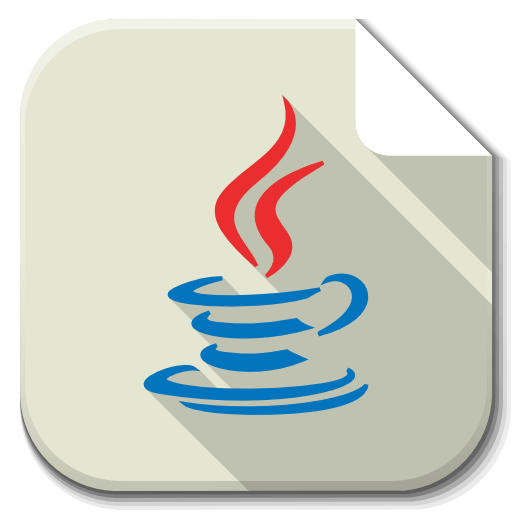
Play Store Application link – Java to .NET in 9 Steps – App on Google Play
Welcome back! In this post, we’ll dive into the basics of C# for developers who are already familiar with Java. We’ll cover the fundamental syntax, object-oriented programming concepts, and exception handling. I’ll provide real-world examples and draw comparisons with Java to make the transition smoother.
1. C# Basics
Data Types and Variables
In C#, just like in Java, you define variables to store data. Here’s a quick look at some common data types:
- Integer:
int(e.g.,int age = 30;) - Floating-point:
double(e.g.,double price = 19.99;) - Boolean:
bool(e.g.,bool isActive = true;) - Character:
char(e.g.,char grade = 'A';) - String:
string(e.g.,string name = "John";)
Example Code:
int age = 30;
double price = 19.99;
bool isActive = true;
char grade = 'A';
string name = "John";
Operators and Expressions
Operators in C# are quite similar to Java’s. Here are a few examples:
- Arithmetic Operators:
+,-,*,/ - Comparison Operators:
==,!=,>,< - Logical Operators:
&&,||,!
Example Code:
int a = 10;
int b = 5;
int sum = a + b; // sum is 15
bool isEqual = (a == b); // false
bool isNotEqual = (a != b); // true
Control Structures
C# uses similar control structures to Java:
- If Statements: Conditional execution.
- Switch Statements: Multiple branching based on values.
- Loops:
for,while,do-while.
Example Code:
// If statement
if (age > 18)
{
Console.WriteLine("Adult");
}
else
{
Console.WriteLine("Not an adult");
}
// Switch statement
switch (grade)
{
case 'A':
Console.WriteLine("Excellent");
break;
case 'B':
Console.WriteLine("Good");
break;
default:
Console.WriteLine("Needs Improvement");
break;
}
// For loop
for (int i = 0; i < 5; i++)
{
Console.WriteLine(i);
}
// While loop
int count = 0;
while (count < 5)
{
Console.WriteLine(count);
count++;
}
2. Object-Oriented Programming
Classes and Objects
In C#, classes and objects are similar to Java. A class defines the blueprint, while objects are instances of that class.
Example Code:
class Person
{
public string Name { get; set; }
public int Age { get; set; }
public void Introduce()
{
Console.WriteLine($"Hello, my name is {Name} and I am {Age} years old.");
}
}
Person person = new Person();
person.Name = "Alice";
person.Age = 25;
person.Introduce();
Inheritance
Inheritance allows a class to inherit properties and methods from another class. In C#, it’s similar to Java’s extends.
Example Code:
class Employee : Person
{
public string JobTitle { get; set; }
public void DisplayJob()
{
Console.WriteLine($"Job Title: {JobTitle}");
}
}
Employee employee = new Employee();
employee.Name = "Bob";
employee.Age = 30;
employee.JobTitle = "Software Developer";
employee.Introduce();
employee.DisplayJob();
Polymorphism
Polymorphism allows methods to be overridden in derived classes. It’s similar to Java’s method overriding.
Example Code:
class Animal
{
public virtual void MakeSound()
{
Console.WriteLine("Some sound");
}
}
class Dog : Animal
{
public override void MakeSound()
{
Console.WriteLine("Bark");
}
}
Animal myDog = new Dog();
myDog.MakeSound(); // Outputs: Bark
Encapsulation
Encapsulation means restricting access to certain details of an object. In C#, we use access modifiers like public, private, and protected.
Example Code:
class BankAccount
{
private double balance;
public void Deposit(double amount)
{
if (amount > 0)
{
balance += amount;
}
}
public double GetBalance()
{
return balance;
}
}
BankAccount account = new BankAccount();
account.Deposit(100);
Console.WriteLine(account.GetBalance()); // Outputs: 100
3. Exception Handling
Try-Catch Blocks
C# handles exceptions similarly to Java with try, catch, and finally.
Example Code:
try
{
int result = 10 / 0; // This will cause a divide-by-zero exception
}
catch (DivideByZeroException ex)
{
Console.WriteLine("Cannot divide by zero!");
}
finally
{
Console.WriteLine("This will always execute.");
}
Custom Exceptions
You can create custom exceptions by extending the Exception class.
Example Code:
class CustomException : Exception
{
public CustomException(string message) : base(message)
{
}
}
try
{
throw new CustomException("This is a custom exception");
}
catch (CustomException ex)
{
Console.WriteLine(ex.Message);
}
This overview should give you a good starting point in C# while leveraging your Java knowledge. As you get more comfortable with the language, you’ll find many similarities and some differences that make C# unique. Happy coding!
